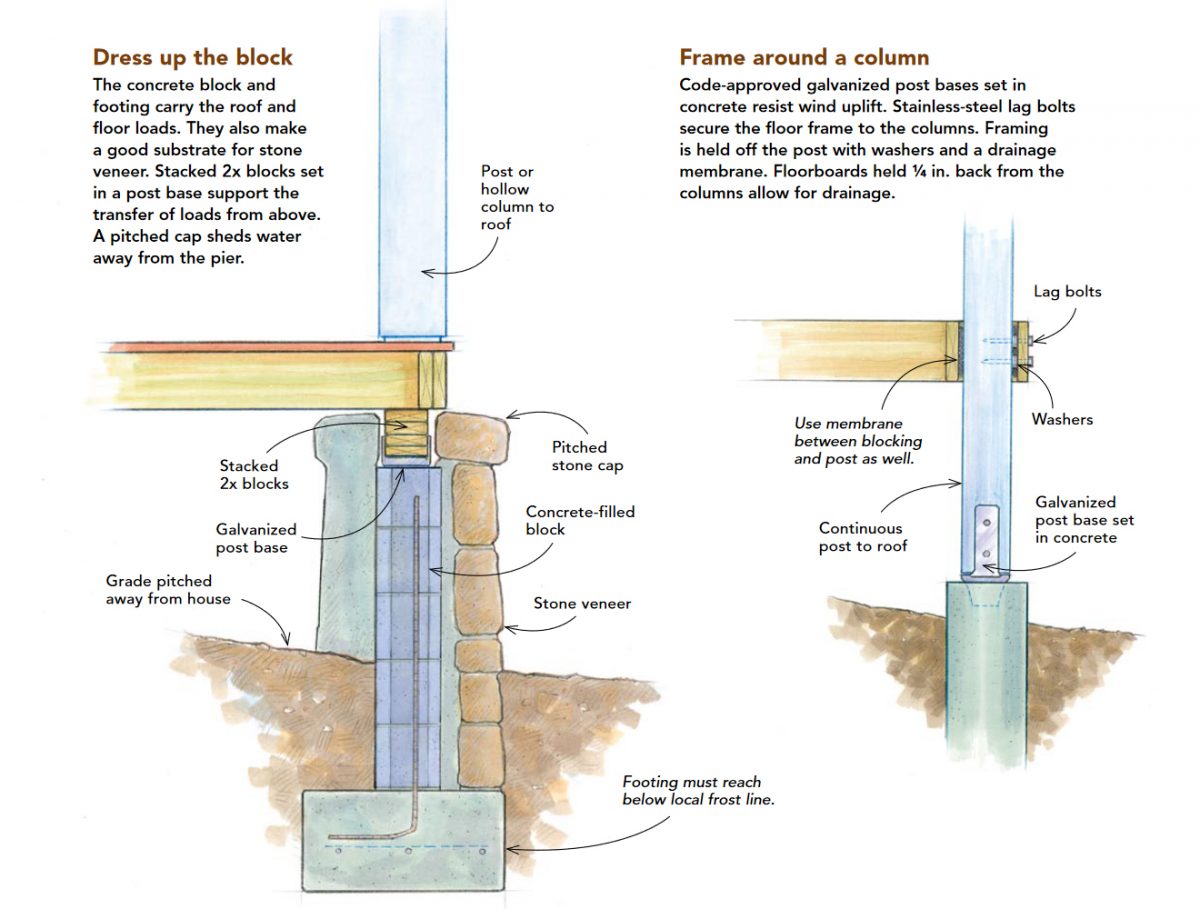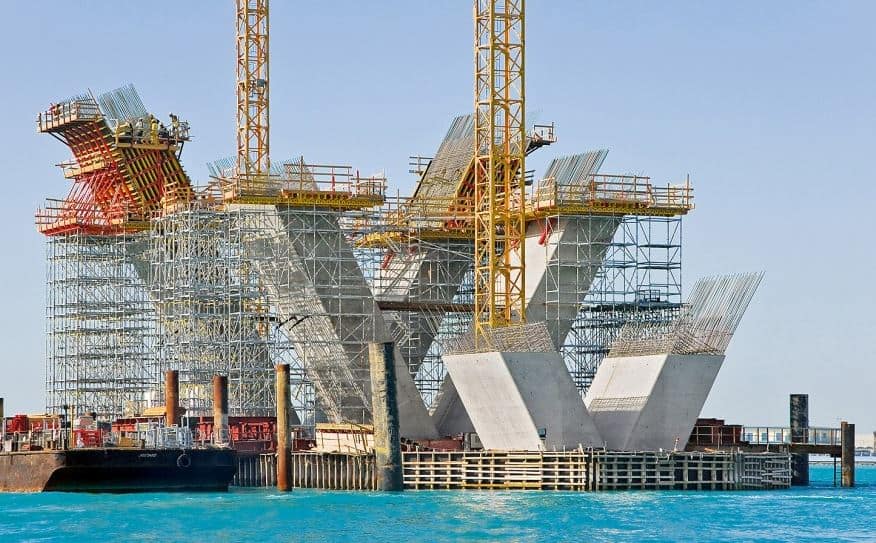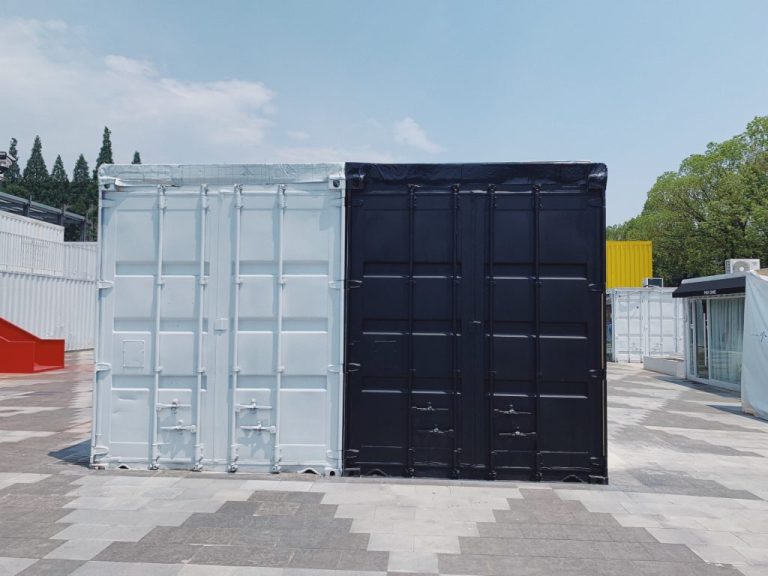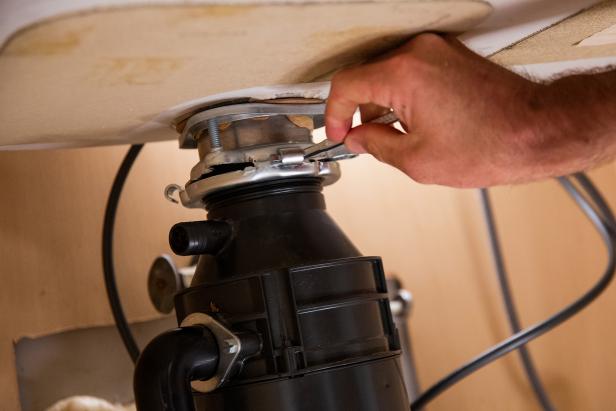What Is The Suitable Construction Method For A Pier?
A pier is an elevated structure built on the shoreline of a body of water, typically providing a walkway or a dock for boats. The suitable construction method for a pier depends on the type of pier, the size and magnitude of the project, the environmental conditions of the area, and the budget. Generally, the three main construction methods for piers are pile driving, precast concrete, and concrete casting. Pile driving involves driving steel or timber piles into the ground and then attaching the pier superstructure to the piles. Precast concrete involves constructing the entire pier structure in a factory and then transporting and assembling it onsite. Concrete casting involves pouring concrete directly into the ground or water and then constructing the pier superstructure on top. Each of these methods is suitable for different types of piers and depending on the project requirements, one or more of these methods may be combined to create the most suitable construction method.
Overview of Pier Construction
Constructing a pier is a complex and labor-intensive process. Not only is it important to find the right construction method for the job, but also to ensure the safety and stability of the pier. There are several different methods to choose from, each of which has its advantages and disadvantages. It is important to understand the differences between the methods so that the right decision can be made for the intended use of the pier.
The most common methods for constructing a pier are cast-in-place, precast, and pre-stressed. Cast-in-place piers are constructed using concrete poured directly onto the site. This method is often the most cost-effective and is the best option for difficult, tight locations. Precast piers are made from precast concrete blocks that are assembled on-site. This method is often the most time-efficient since the entire pier can be constructed in a single day. Pre-stressed piers use pre-stressed steel cables to provide additional strength and stability. This method is the most expensive, but it is also the most durable and stable.
When choosing the right construction method for a pier, it is important to consider the intended use of the pier, the budget, and the local regulations. It is also important to hire a qualified contractor who has experience in constructing piers. With the right knowledge and expertise, the right construction method can be chosen for the job.
Factors to Consider in Pier Construction
When constructing a pier, it is important to consider the environmental and economic impact, the application of the pier, the design, the material, and the construction method. There are a few different construction methods that can be employed when constructing a pier, including traditional timber, reinforced concrete, steel, and pre-cast concrete. Each of these methods has its advantages and disadvantages, and it is important to consider which method is most suitable for the job.
Traditional timber is a popular choice for constructing piers, as it can be cost-effective and durable. However, timber is susceptible to damage from natural elements, and may not be suitable for areas with heavy wind or wave action. Reinforced concrete is a more durable option, but requires more resources, and can be more expensive. Steel is a strong option, but can be more expensive and require more maintenance. Pre-cast concrete is a cost-efficient option and can be installed quickly, but requires careful planning and precision.
The best construction method for a pier will depend on the application and design of the pier, as well as the environmental and economic impact. Consider the advantages and disadvantages of each construction method, and determine which one is most suitable for the job.
Types of Pier Construction Methods
Pier construction is a crucial part of any infrastructure project, and the right construction method is essential to ensure a successful outcome. The most suitable construction method for a pier depends on several factors, such as the site’s location, ground conditions, and the pier’s size and shape. There are a variety of pier construction methods, each of which comes with its advantages and disadvantages.
The most common pier construction methods are: driven piles, drilled shafts, caissons, cribbing, and sheet piling. Driven piles involve driving prefabricated piles into the ground to support the pier, while drilled shafts involve the excavation of a large shaft to support the pier. Caissons are large boxes that are sunk into the ground to support the pier, while cribbing involves the placement of a series of wooden or steel beams in an interlocking pattern. Sheet piling is the process of driving steel sheets into the ground to form a retaining wall.
Each of these construction methods has its benefits and drawbacks and should be carefully considered when choosing the most suitable construction method for a pier. Factors such as cost, time, and the environmental impact of the chosen method should all be taken into account when making a decision. Furthermore, a professional engineer should be consulted to ensure that the chosen method is appropriate for the site and pier in question.
Benefits of Prefabricated Piers
Building a pier is a complex process, and the construction method chosen for the job can have a major impact on its overall success. Prefabricated piers provide several advantages over traditional construction methods and are becoming increasingly popular among builders. Prefabricated piers are designed off-site, using high-tech materials that are engineered to provide superior strength and stability. The pieces are then transported to the construction site and assembled quickly and efficiently.
Prefabricated piers are also cost-effective, as they can be made to fit the exact specifications of a project. The use of prefabricated components also reduces labor costs, since the pieces are already manufactured and ready to be assembled. Additionally, prefabricated piers are designed to be stronger than traditional construction methods, providing a longer-lasting solution that can withstand even the most severe weather conditions.
Prefabricated piers also offer environmental benefits, as they are made with recycled materials and don’t require the use of heavy machinery or large amounts of concrete. The pieces can also be easily disassembled and repurposed for other projects, extending the overall life cycle of the pier.
In conclusion, prefabricated piers are an ideal choice for many construction projects due to their strength, cost-effectiveness, and environmental benefits. Their ability to be customized to exact specifications makes them a great option for builders, and the ease of assembly means that projects can be completed quickly and efficiently.

Advantages of Traditional Pier Construction Methods
When it comes to constructing a pier, there are many different methods to choose from. Traditional construction methods such as pile driving, timber framing, and concrete piling are popular choices for many projects. Each of these methods has its advantages and disadvantages, and it is important to understand which method is the most suitable for your particular project.
Pile driving involves using steel or wooden piles driven into the ground and then secured with a concrete cap. This method is popular because it is relatively easy to install, is relatively cost-effective, and can be used in a variety of soil conditions. However, it is not suitable for seismic conditions and can be noisy and disruptive.
Timber framing is a construction method that involves building a framework of wooden beams and posts. This method is often used in coastal areas or areas with high winds, as it is strong and durable. Additionally, timber framing is more aesthetically pleasing than other construction methods. However, it can be more expensive than other methods and can require more maintenance.
Concrete piling involves driving reinforced concrete piles into the ground and then connecting them with a concrete cap. This method is often used for larger and heavier structures as it is extremely strong and durable. It is also relatively cost-effective and can be used in seismic conditions. However, it is not suitable for smaller and lighter structures.
When it comes to constructing a pier, it is important to consider all of the available options and choose a method that is most suitable for your project. Each of the traditional construction methods has its advantages and disadvantages, so it is important to understand which method is most suitable for your particular project.
Cost Comparison of Pier Construction Methods
When it comes to constructing a pier, there are many different construction methods available. Selecting the most suitable method for your project can be a difficult decision, and it is important to consider the cost implications of each option. This article will provide an overview of the different construction methods available and their associated costs.
One of the most common construction methods for a pier is using precast concrete piles. This method is relatively inexpensive and can be done quickly, however, it can be more difficult to inspect and repair any issues with the pier after it has been built.
Steel piles are another popular option, and while they are more expensive than precast concrete piles, they are strong and durable and can be used to construct piers in a variety of different conditions. Steel piles are also easy to inspect and repair, making them an ideal choice for pier construction.
Using timber piles is the least expensive option, however, it is also the least durable. Timber piles can rot and decay over time, and they are not suitable for use in areas that are prone to flooding.
Finally, helical piles are a newer construction method and they are becoming increasingly popular for pier construction. They are easy to install and they are highly resistant to corrosion, making them a great choice for pier construction. However, they are also the most expensive option and may not be suitable for all budgets.
In conclusion, the most suitable construction method for a pier will depend on a variety of factors, such as the location, environment, and budget. It is important to carefully consider the cost and benefits of each option before making a decision.
Environmental Impact of Pier Construction
The construction of a pier can have a significant impact on the environment, both during the construction process and after the pier has been completed. During the construction process, the construction methods used can hurt the local wildlife, as well as the surrounding water and land. The type of materials used, as well as the amount of noise and debris generated, can all affect the local environment. Additionally, the construction process can lead to an increase in sediment and other pollutants in the nearby water.
Once the pier has been constructed, the environment can also be impacted. The pier can disrupt the local marine life, as well as affect the water quality. The pier can also cause lasting damage to the surrounding area, potentially harming local marine habitats and reducing the area’s biodiversity. It is important to consider the environmental impacts of pier construction before beginning the project, as it can have lasting effects on the local environment.
Conclusion
The suitable construction method for a pier will depend on its purpose, the environment it is located in, and the materials available. Factors such as soil type, weather conditions, and budget should be taken into consideration when deciding on the best construction method. Ultimately, the best construction method for a pier should be based on the conditions and resources available.







